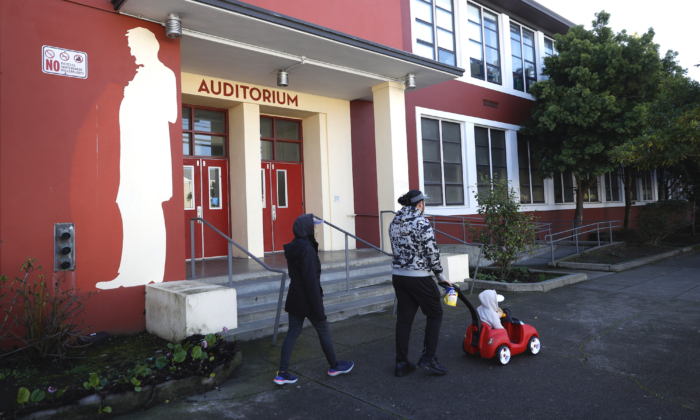Commentary
Due to recent declines in enrollment, both the San Francisco Unified School District and City College of San Francisco find themselves with excess space. While the decrease in student numbers is concerning, there is a silver lining to be found: the surplus buildings can potentially be repurposed into apartments, addressing the city’s housing shortage and offering more affordable housing options.
After peaking at over 90,000 students in the 1960s, SFUSD’s enrollment dropped to 53,000 before the pandemic due to shrinking household sizes in the city. Last year, enrollment fell below 49,000 students and is projected to decrease to around 44,000 by the 2032-33 school year.
Superintendent Matt Wayne is taking action with a Resource Alignment Initiative aimed at reducing the district’s school portfolio. Previous discussions about school closures in San Francisco have faced opposition from the teacher’s union, which has expressed concerns about the impact on school communities, especially in the southeast neighborhoods of the city.
This opposition is unfortunate because teachers could potentially benefit from school closures. A law signed by Gov. Gavin Newsom in 2022 allows school districts to convert educational facilities into housing, with school employees having priority to occupy the units, most of which must be affordable.
From a public policy standpoint, the restrictions on school-to-housing conversions are disappointing as they limit the potential revenue SFUSD could generate from repurposing the facilities. Given the district’s financial challenges and limited prospects for increased state aid, any additional revenue would be beneficial. However, converting school buildings to workforce housing could free up space in other new projects for non-teachers looking to reside in San Francisco.
City College of San Francisco also has excess space, with student enrollment declining significantly after reaching 76,000 in 2008 due to accreditation issues and the impact of COVID. In 2023, student numbers slightly recovered to 27,000, with some students opting for online learning over traditional classrooms.
The Community College District has placed multiple bond measures on San Francisco election ballots, obtaining the authority to issue nearly $1.3 billion in bonds for facility expansions and improvements since 2001.
With six campuses and centers across the city, City College could potentially repurpose some of its facilities for residential development while still accommodating its smaller student body.
San Francisco State University, which had a stable student population before the pandemic, experienced a 20% enrollment decline during the pandemic. With national trends showing decreased interest in college among young men, SFSU may struggle to regain lost students. Many employers are also dropping higher education requirements, impacting the potential income benefit for college attendees.
Recent state legislation allows CCSF and SFSU to construct housing on their properties without going through the lengthy California Environmental Quality Act (CEQA) process. This exemption, valid until 2030, applies exclusively to student, faculty, and staff housing and includes environmental guidelines outlined in the legislation.
In the case of CCSF, selling or leasing its property to a private developer, as permitted by state law, could be a simpler option. The developer would then be responsible for the CEQA process but could create market-rate units.
Given lower birth rates and the high cost of living in San Francisco, it is unlikely that student numbers will rebound significantly. Therefore, reallocating underutilized educational properties for housing purposes may be the best course of action for the city’s residents.
Views expressed in this article are opinions of the author and do not necessarily reflect the views of The Epoch Times.





